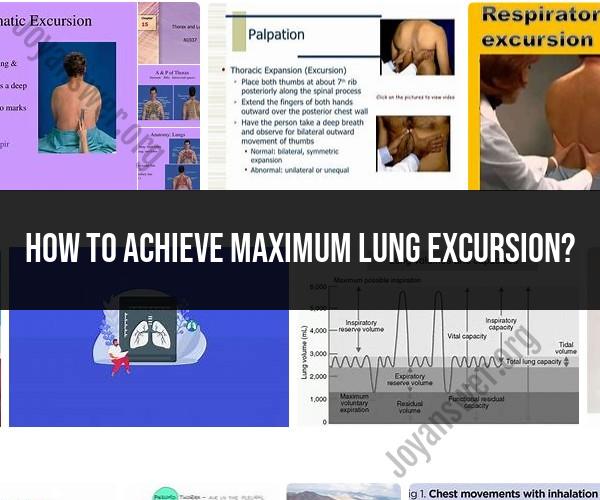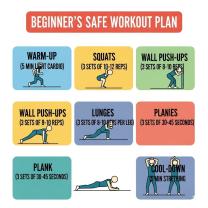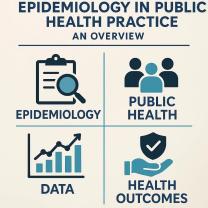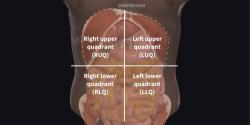How to achieve maximum lung excursion?
Optimal lung excursion, or the expansion and contraction of the lungs, is crucial for maintaining lung health and ensuring efficient oxygen exchange. Here are some techniques to help maximize lung excursion and promote overall respiratory health:
1. Diaphragmatic Breathing (Deep Breathing):Diaphragmatic breathing involves using the diaphragm, a dome-shaped muscle located beneath the lungs, to expand the lungs fully. This technique promotes deeper inhalations and more effective exhalations. To practice diaphragmatic breathing:
- Sit or lie down comfortably.
- Place one hand on your chest and the other on your abdomen.
- Inhale deeply through your nose, allowing your abdomen to rise as your diaphragm moves downward.
- Exhale slowly through your mouth, feeling your abdomen lower as your diaphragm moves upward.
2. Pursed-Lip Breathing:Pursed-lip breathing can help improve the efficiency of breathing and prevent air trapping in the lungs. It involves inhaling through the nose for a count of two and exhaling through pursed lips for a count of four. This technique helps keep airways open and reduces the work of breathing.
3. Segmental Breathing:Segmental breathing focuses on expanding specific segments of the lungs to improve overall lung function. This technique can be particularly beneficial for targeting areas that might be compromised due to factors such as illness, injury, or poor posture.
4. Deep Coughing and Huffing:Deep coughing and huffing techniques can help clear mucus and secretions from the lungs, which is important for preventing infections and maintaining lung health. These techniques can be especially useful for individuals with respiratory conditions such as chronic obstructive pulmonary disease (COPD) or cystic fibrosis.
5. Chest Mobility Exercises:Performing exercises to improve the mobility of your chest and ribcage can facilitate better lung expansion. Simple stretches and gentle movements that encourage chest opening can contribute to optimal lung excursion.
6. Regular Physical Activity:Engaging in regular aerobic exercises, such as walking, swimming, or cycling, can improve lung capacity and overall respiratory fitness. Exercise encourages deeper breathing and strengthens the muscles involved in breathing.
7. Posture Awareness:Maintaining good posture allows your lungs to expand fully and promotes better breathing. Sit and stand up straight to ensure that your lungs have enough space to expand.
8. Stay Hydrated:Drinking enough water helps keep mucus thin and easier to clear from the airways. Proper hydration supports overall lung health and helps prevent respiratory issues.
9. Avoid Smoking and Environmental Toxins:Avoiding smoking and exposure to environmental toxins is critical for lung health. Smoking damages lung tissue and impairs lung function. Additionally, exposure to pollutants and irritants can negatively affect lung health.
10. Seek Medical Advice:If you have specific respiratory conditions or concerns about your lung health, consult a healthcare professional or a respiratory therapist. They can provide personalized advice and techniques tailored to your needs.
Remember that practicing these techniques consistently and maintaining a healthy lifestyle can contribute to optimal lung health and overall well-being. If you have existing respiratory conditions, consult with your healthcare provider before making significant changes to your breathing practices or exercise routine.












